Dr. Steve Howard’s running career has taken him all around the state.
In high school, Howard competed in the section and state championships. In college, he ran Division I at the University of California, Santa Barbara. As a Stanford doctor, Howard kept running competitively in the Bay Area. Now, he’s joined the Eagles’ track and field team as an assistant distance coach.
“I’ve always been a teacher,” Howard said. “My job was teaching medical residents, and now it’s teaching athletics — how to be tough, how to win, and how to lose.”
A Dashing Start
Growing up in Ukiah, California, Howard was born into a family of runners — his dad and older sister both ran in high school.
“Very early on, we started going to professional track meets, watching the best American runners at the time,” Howard said. “In 1972, we went to the first of many Olympic Trials up in Eugene, Oregon. There, the fire was lit permanently for me.”
Joining his high school team was a no-brainer. But not until Howard’s junior year did he take running seriously — once he started, though, his talent shone through.
“We had a new JV track coach, and he saw me messing around down on the track, and I think it was obvious I had some talent,” Howard said. “He pulled me aside and said, ‘You know, you could be pretty good if you wanted to.’ That’s all I needed to hear.”
That season, Howard, his coach, and some teammates watched the CIF North Coast Section Championship meet. There, Howard found motivation to run even faster.
“ I vividly remember watching the mile and thinking, ‘I am going to be in that race next year,’” Howard said.
The next year, he made it. After training throughout the cross country season and focusing on distance events during indoor track, Howard qualified for NCS in his senior spring track season. There, he finished third in the mile and qualified for States.
“He was the most valuable athlete on the team,” said Barry Groves, Howard’s high school coach. “He was a league champion and a top student. He trained every day of not only the school year, but of the calendar year as well.”
Medicine, Masters, and Becoming an Eagle
After high school, Howard ran Division I cross country and track at the University of California, Santa Barbara. Due to injuries, however, he only ran for two of the four years he spent studying there.
“My increase in mileage and intensity led to nothing but injuries,” Howard said. “But I’m not making excuses, because everything still worked out perfectly. I wouldn’t rewrite it any differently if I could do it over.”
After graduating from UCSB, Howard attended Chicago Medical School, getting an M.D. He then went on to practice anesthesiology at Stanford Medical from 1991 to 2023.
Throughout his professional career, Howard also remained an avid competitive runner on masters teams — semi-professional adult track clubs — including So Cal Track Club and HOKA Aggies Running Club, where he met LAHS track and field Head Coach Charles Alexander.
“To coach the sport, having personal experiences helps,” Alexander said. “He still competes — he recently returned from the USA Track and Field Masters Championships and competed in all distance events and relays.”
Alexander noted that he offered Howard the coaching position after going on a long run together.
“We were chatting during the run, and as you know, I was hunting for coaches,” Alexander said. “So I said, ‘Have you ever thought about being a high school coach?’ And he said, ‘Matter of fact, I have.’ Two weeks after that conversation, he was cleared by the District and came to practice.”
But even with his vibrant competitive background and training experience, Howard added that he’d never coached others before.
“I’ve been self-coached for a long time,” Howard said. “I always thought about coaching because my high school coach absolutely changed my life, but I never acted on it until now.”
For now, Howard helps out at track practice by coaching JV distance runners. He helps plan and execute workouts, and sometimes, he even runs along with them.
“Since I’m still competing, I still have to work out, so I might as well do it with them,” Howard said. “I can also coach them in real-time during workouts. Or I can block the wind.”
But running workouts is only part of Howard’s job. As a retired medical doctor, he also assists athletes in dealing with and recovering from injuries, particularly common among distance runners.
“Steve is extremely knowledgeable and adept at giving instructions on how to recover,” Alexander said. “Part of coaching is you quickly have to ask injured athletes the right questions and make a diagnosis and a plan for that day. He’s such a knowledge base that even varsity will ask him questions.”
Coaching and injury-prevention aside, though, Howard’s biggest goal is to fully integrate himself with the team by making the most of every interaction and, most importantly, learning every runner’s name.
“These runners are still trying to get to know me. I’m not rushing that, and I’ll ask and answer questions,” Howard said. “Names are important for team spirit — it’s camaraderie, it’s respect.”





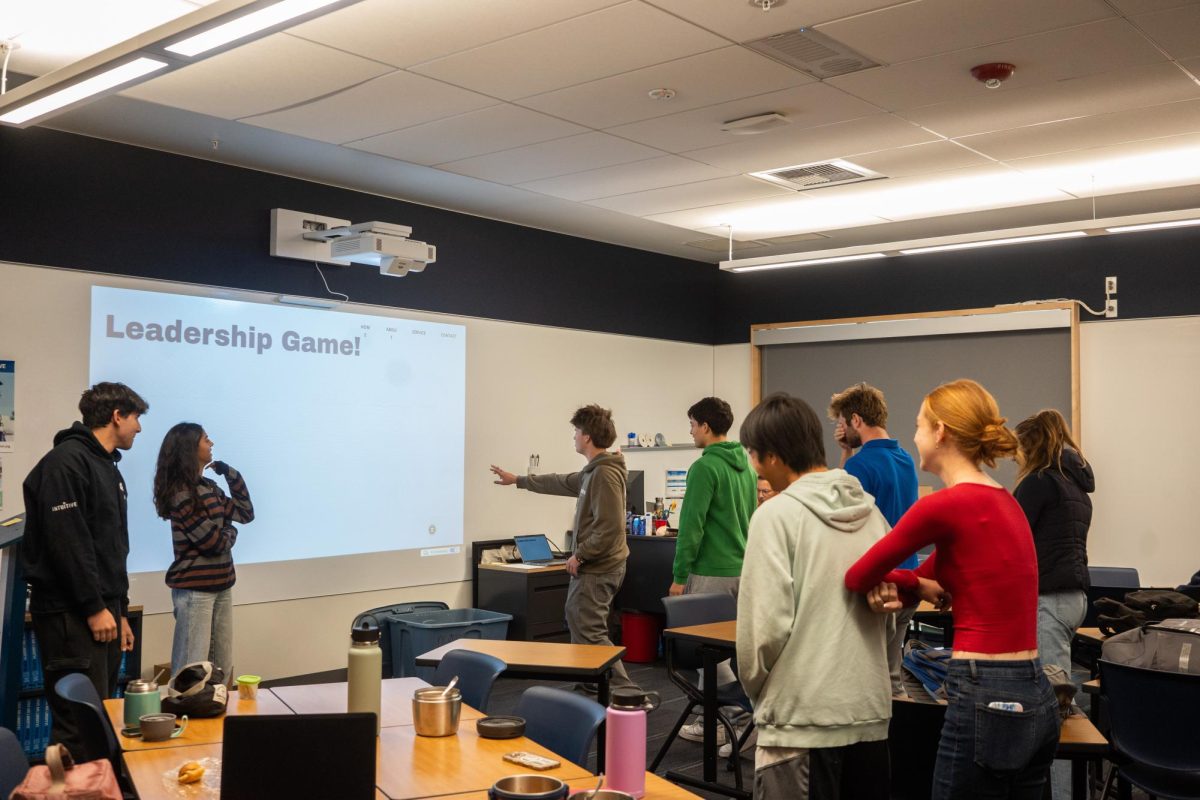
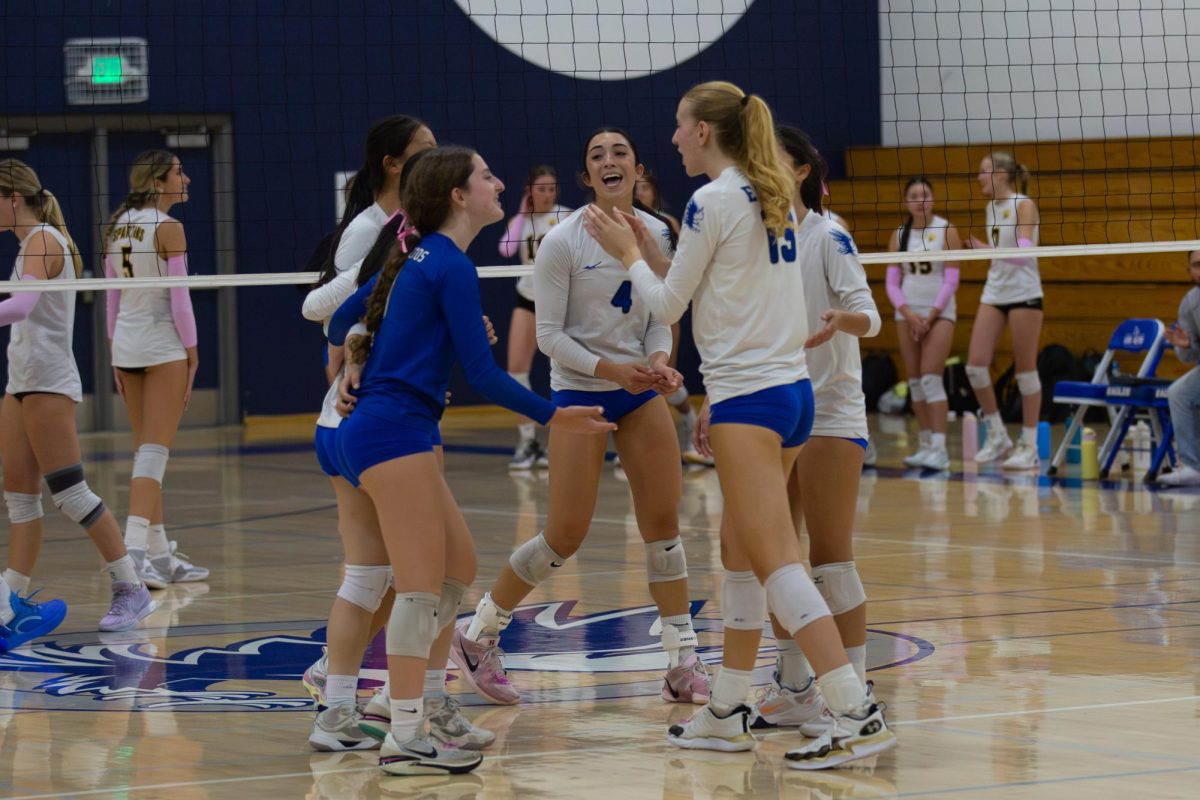

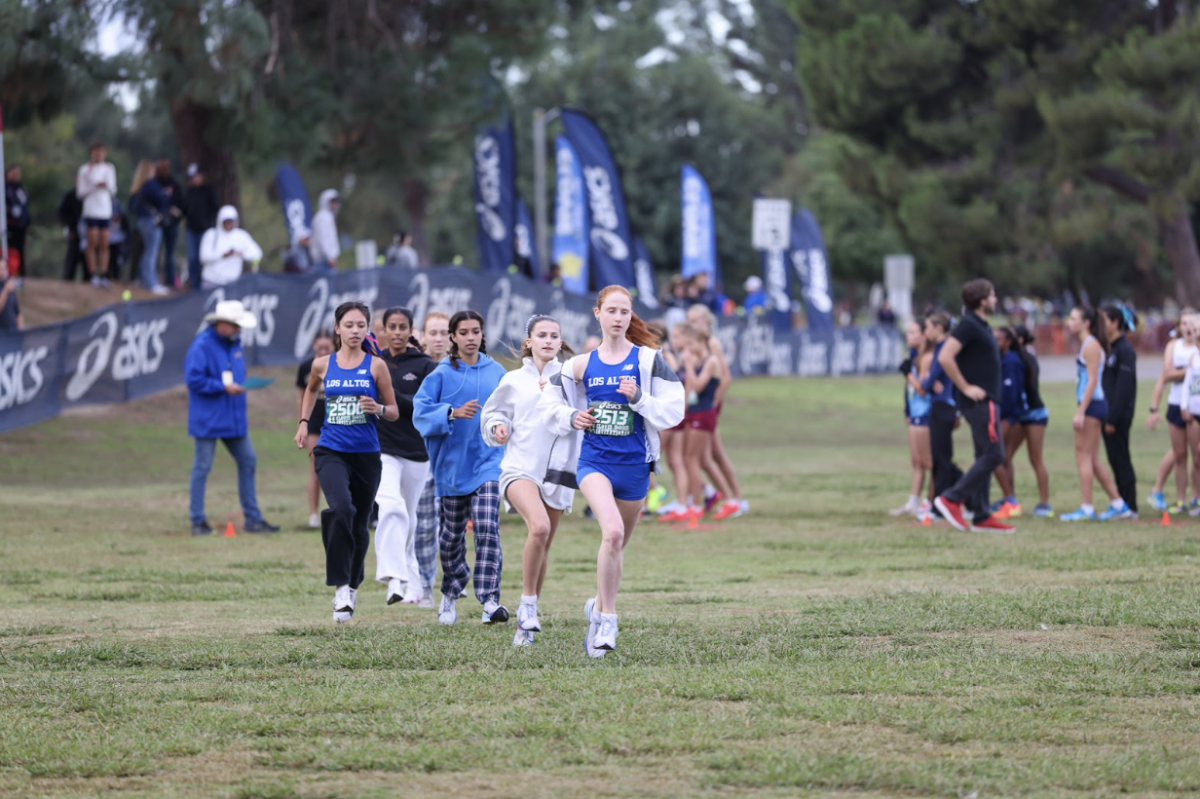

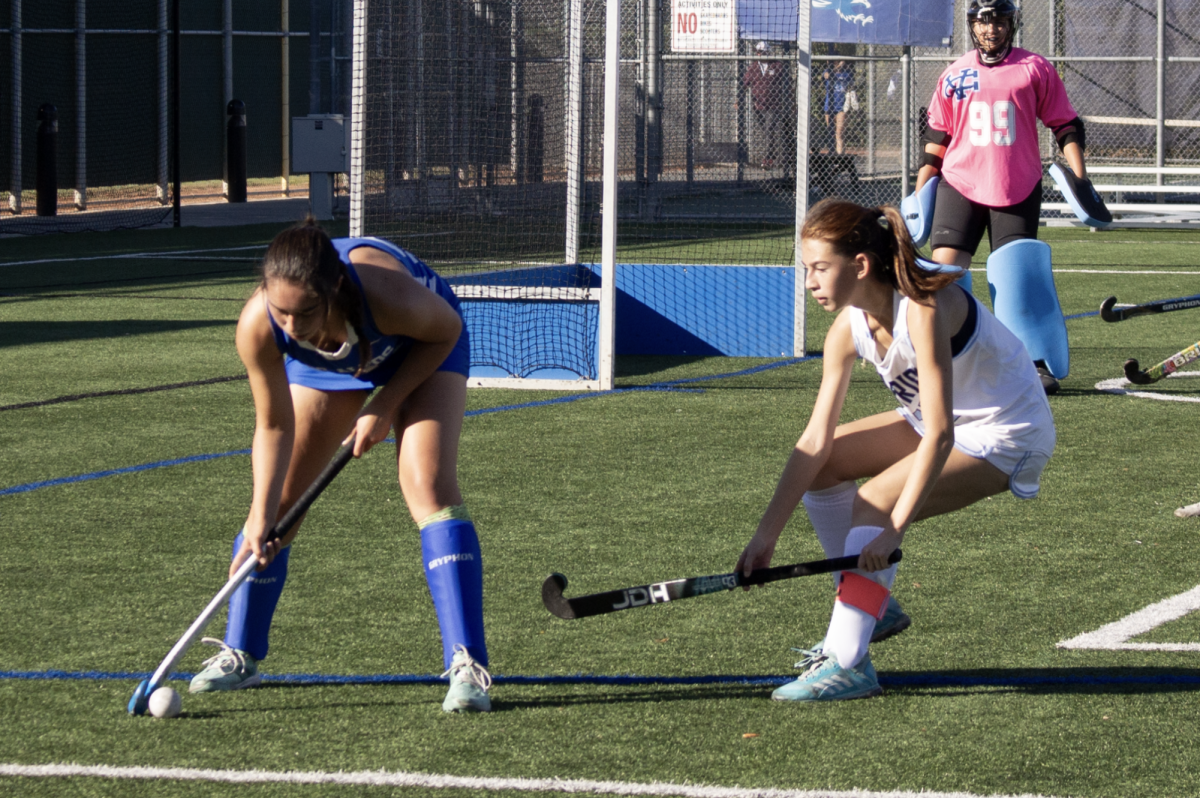
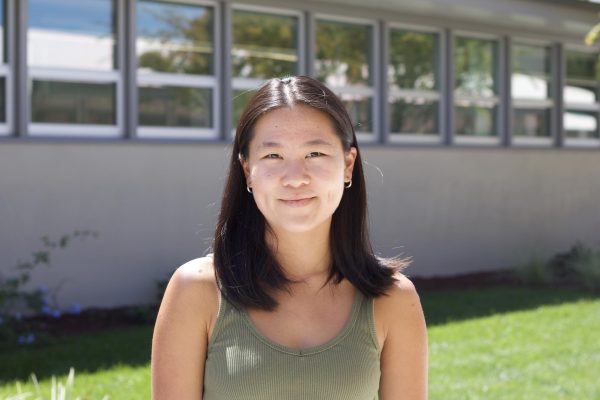
John Lupin | Jul 8, 2025 at 11:57 am
Woah! What an article detailing the absolutely stunning life of Dr. Howard. I’ve never met the guy, but he seems super interesting! Your clear commitment to your reporting and the truth are impressive for a high school student. Very impressive. 11/10 article and 11/10 journalist! Excited to see big things coming from Ms. Xie!!!!!!!!!!